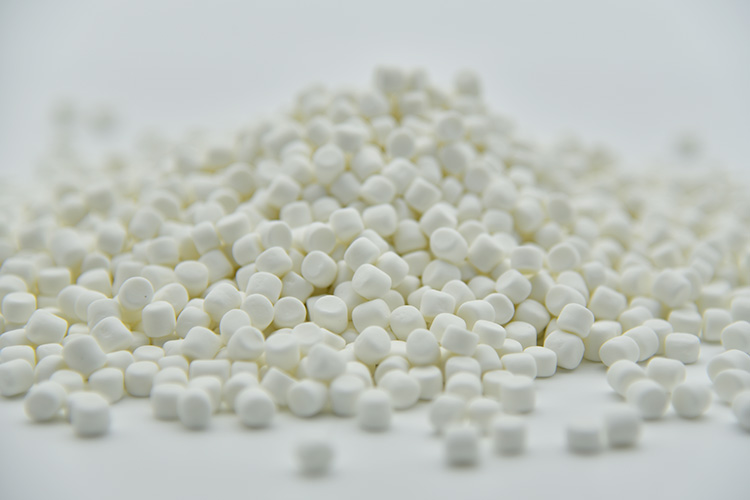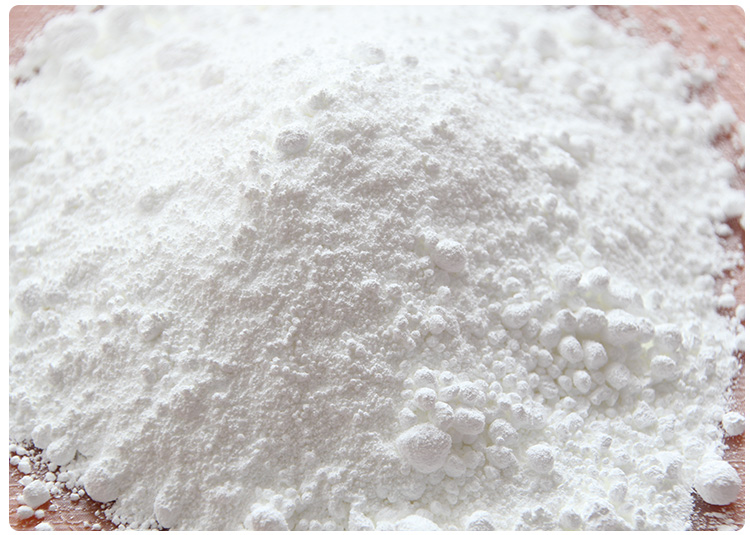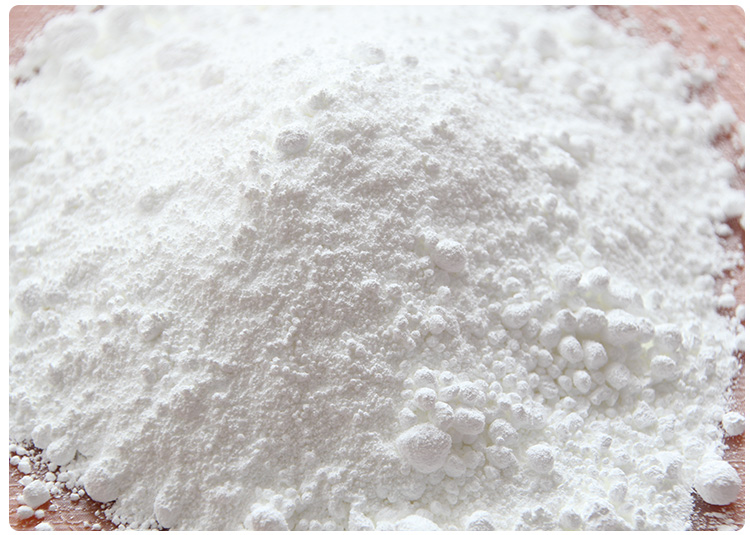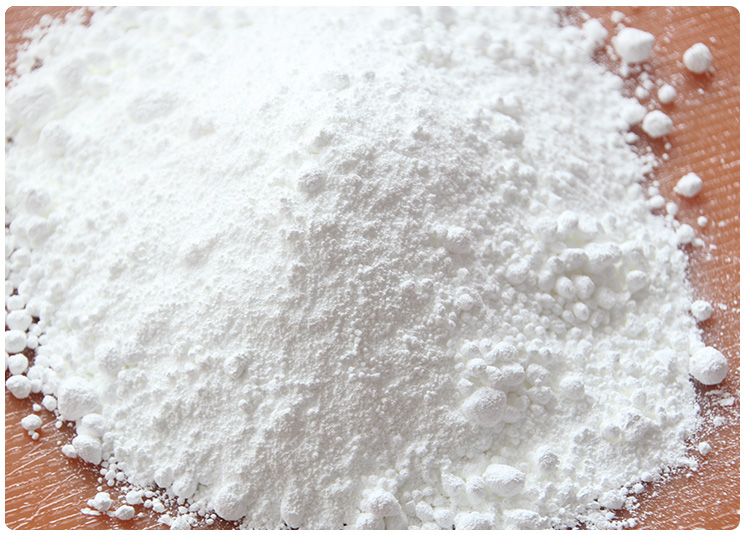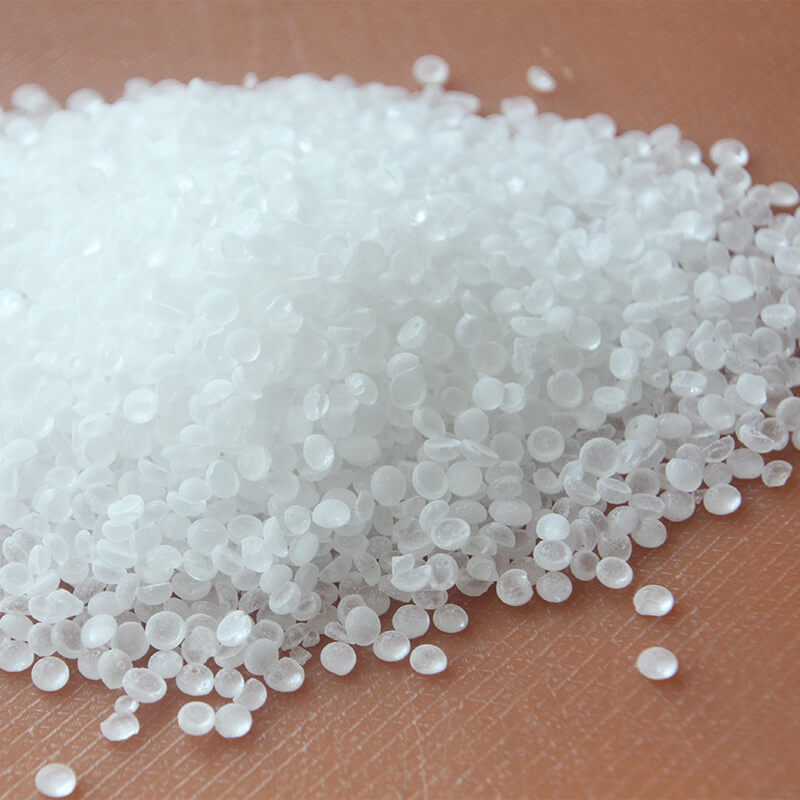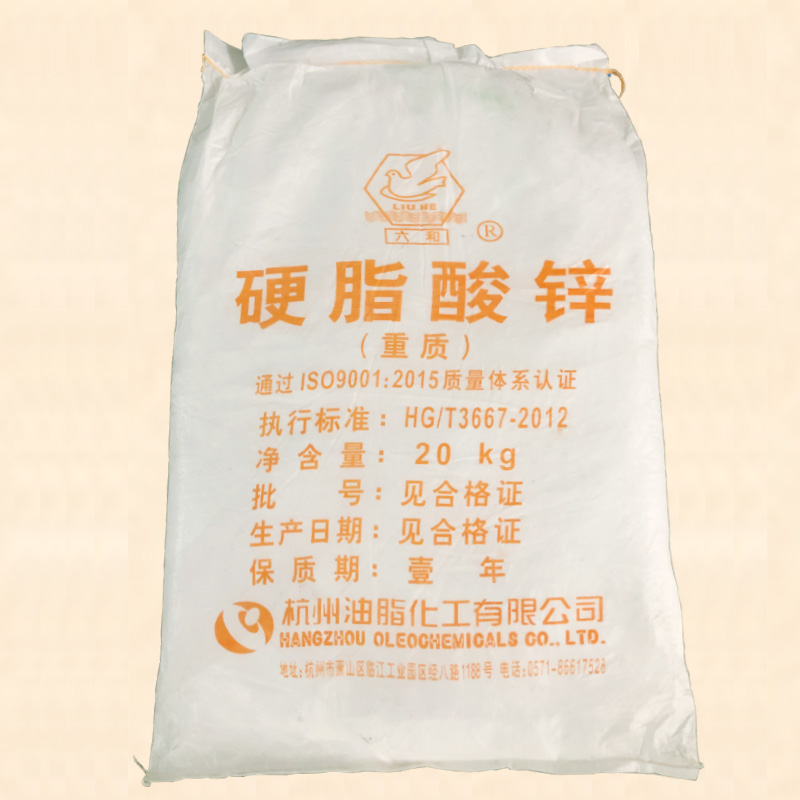Role of the rubber accelerator ZDBC(BZ)
- Mingpai
- 2024-06-07 11:25:10
ZDBC, short for Zinc Dibutyldithiocarbamate, is a widely used accelerator in the rubber industry, falling under the category of dithiocarbamates. It plays a vital role in the vulcanization process by facilitating efficient cross-linking and improving various properties of the final rubber product. Here's a detailed look at the roles and benefits of ZDBC as a rubber accelerator:
Efficient Vulcanization: ZDBC acts as a secondary accelerator in rubber compounds, often used alongside primary accelerators like thiazoles or sulfenamides. It promotes the cross-linking reaction between rubber polymer chains and sulfur, thereby enhancing the speed and completeness of vulcanization. This results in a more evenly cured rubber with improved physical properties.
Scorch Retardation: One of the key advantages of ZDBC is its ability to delay the onset of premature vulcanization or 'scorching' during the mixing and processing stage. This property allows for longer processing times, which is particularly useful for larger or more complex rubber articles that require more mixing before vulcanization.
Improved Dispersion: ZDBC can aid in the uniform dispersion of sulfur throughout the rubber mixture, ensuring a more homogenous distribution of sulfur and accelerators. This is crucial for achieving consistent vulcanization throughout the rubber product, preventing local over-curing or under-curing spots.
Enhanced Physical Properties: The use of ZDBC can lead to rubber products with better tensile strength, resilience, and abrasion resistance. It also contributes to improved aging properties, making the rubber more resistant to degradation over time from environmental factors like heat, oxygen, and ozone.
Compatibility with Various Rubbers: ZDBC is compatible with a wide range of rubber types, including natural rubber (NR), synthetic rubbers like styrene-butadiene rubber (SBR), butadiene rubber (BR), and nitrile rubber (NBR), as well as specialty rubbers like chloroprene (CR) and epichlorohydrin (ECO). This versatility makes it a common choice in many rubber formulations.
Synergistic Effects: When combined with other accelerators, ZDBC can exhibit synergistic effects that further enhance the vulcanization process and the final product's performance. For example, it is often used with accelerators like TBBS or TMTD to optimize cure rates and the balance of properties.
Environmental Considerations: Like many accelerators, ZDBC is under scrutiny for potential health and environmental impacts. While it is effective in its function, manufacturers and users need to follow appropriate handling and disposal procedures to minimize risks.
In summary, ZDBC is a critical component in rubber formulations due to its ability to facilitate efficient vulcanization, enhance physical properties, and provide processing advantages like scorch retardation. Its versatility and compatibility with various rubber types make it a popular choice across a wide spectrum of rubber products, from tires to industrial rubber goods and consumer items.
